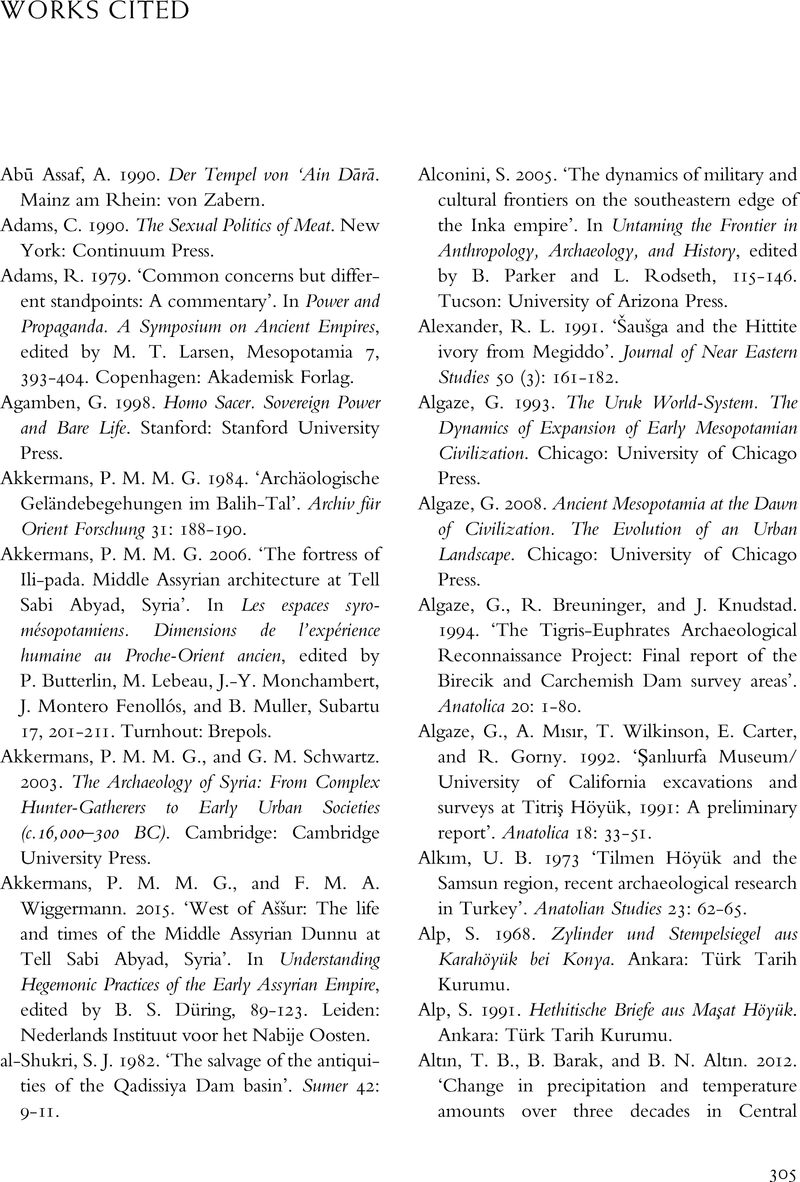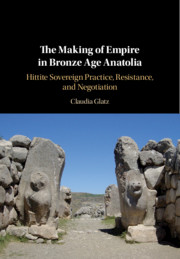Works Cited
Published online by Cambridge University Press: 27 October 2020
Summary

- Type
- Chapter
- Information
- The Making of Empire in Bronze Age AnatoliaHittite Sovereign Practice, Resistance, and Negotiation, pp. 305 - 362Publisher: Cambridge University PressPrint publication year: 2020



